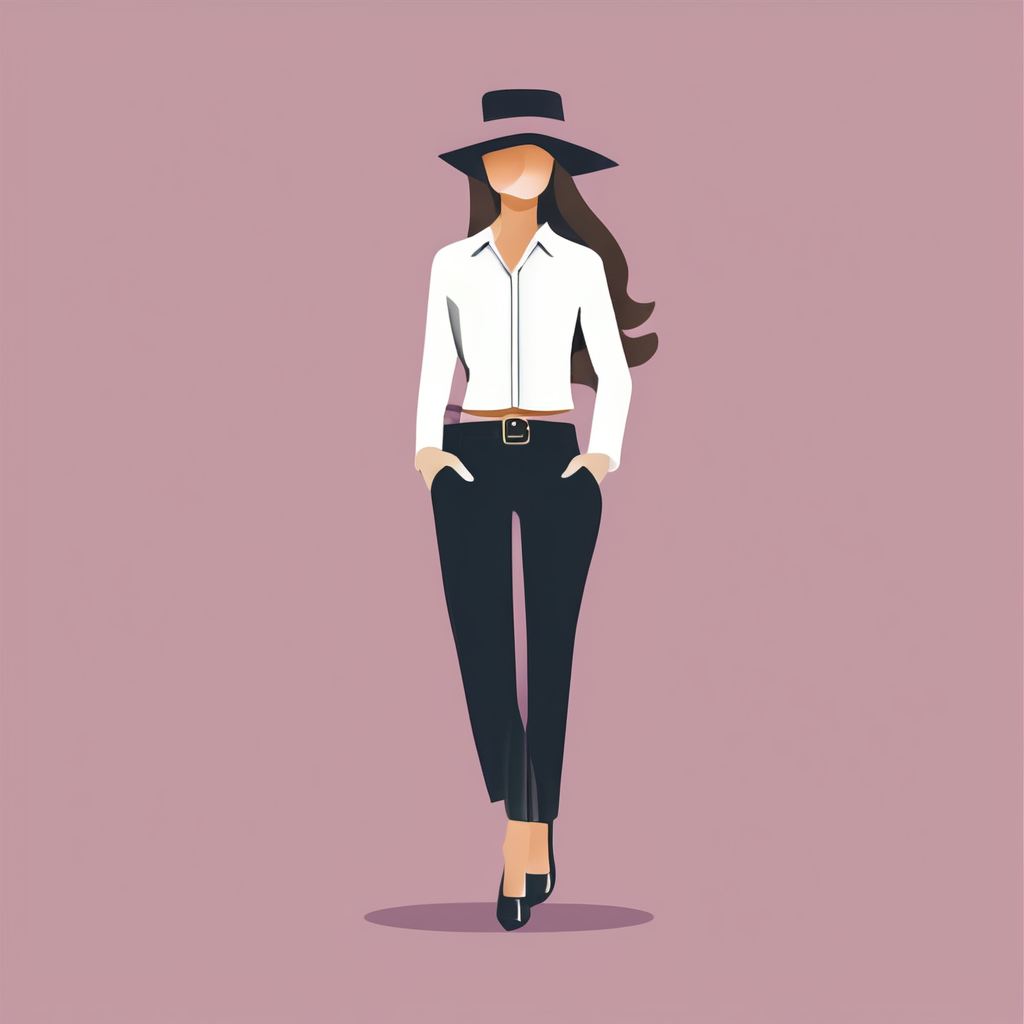Chronological Overview of Women’s Fashion Evolution in the UK
The history of women’s fashion in the UK reflects not just changing aesthetics but also social shifts. A fashion eras timeline highlights key periods that defined style and cultural identity. Beginning with the Victorian period, stringent social norms dictated the use of corsetry and voluminous skirts, emphasizing modesty and class distinction. Slowly, this gave way to the lighter, more fluid shapes of the Edwardian era, which introduced the “S-bend” silhouette and incorporated influences from the suffragette movement advocating for women’s rights.
The 1920s marked a turning point with the arrival of flapper style and shorter hemlines, symbolizing newfound freedoms and the Jazz Age’s spirit of rebellion. Post-war Britain then saw a return to femininity through Dior’s “New Look,” which presented opulent, structured dresses during a time of economic recovery and rationing. Each era’s designs responded not only to fabric availability and craftsmanship but also to evolving societal expectations. This historical fashion evolution in the UK underpins how women’s fashion has continually balanced tradition with innovation, mirroring broader cultural and social transformations.
Have you seen this : How Can You Discover Timeless Pieces in UK Women’s Fashion?
Chronological Overview of Women’s Fashion Evolution in the UK
Understanding women’s fashion history UK requires looking at pivotal fashion eras timeline marked by social and cultural shifts. The Victorian Era laid the groundwork, with rigid structures and modest designs reflecting social norms. This was followed by the Edwardian Era’s refinement, which introduced the elegant S-bend silhouette and began reflecting changing gender roles. The 1920s unleashed a wave of liberation, introducing the flapper style’s shorter hemlines and looser shapes, influenced by wartime changes and jazz culture.
Post-war developments dramatically reshaped women’s apparel. The 1950s saw the emergence of Dior’s New Look, emphasizing femininity and luxury after years of rationing. Ready-to-wear fashion became accessible, democratizing style across classes. Each fashion era reflects shifting societal values and technological advancements in fabric and production. This historical fashion evolution UK shows how women’s fashion mirrors wider cultural changes, progressing from restrictive early styles to bold, expressive modern trends.
Also read : What Are the Must-Have Accessories for Every Fashionable Woman?
The Victorian Era: Foundations of Modern British Women’s Fashion
Victorian women’s fashion in the 19th century UK was deeply shaped by strict social norms fashion. Queen Victoria’s influence enforced a moral code that favored modesty and decorum, making corsetry, crinolines, and layered skirts essential. These garments created a silhouette reflecting social status and femininity ideals. The 19th century fashion UK scene was dominated by heavy fabrics and intricate designs, signaling wealth and respectability.
Industrial innovation played a crucial role in this period’s fashion. Mass-produced textiles and sewing machines gradually increased garment accessibility beyond the upper classes. However, the tight structure of corsets and voluminous skirts also symbolized the restrictive gender roles imposed on women. Class structure intertwined with style: the upper classes embraced elaborate dresses, while working-class women wore simpler, practical attire.
This Victorian women’s fashion laid foundations for future changes. It set clear standards for femininity and respectability that later eras would challenge. Understanding this period is key when following the broader women’s fashion history UK and the historical fashion evolution UK, as it marks the beginning of a long dialogue between tradition and innovation in British women’s style.
1920s Modernism and Post-War Transformations
The 1920s women’s fashion UK landscape was defined by radical change. This era symbolized liberation, as World War I dismantled previous constraints on women, allowing freer movement and expression. The flapper style flourished, characterized by shorter hemlines, dropped waistlines, and relaxed shapes, breaking from traditional silhouettes and reflecting women’s growing social autonomy.
Jazz culture heavily influenced these changes, injecting playfulness and daring into fashion. Fabrics became lighter and more affordable, supporting the mass production that broadened access to style. Designers like Coco Chanel championed simplicity while embracing modernity, popularizing garments that merged comfort with sophistication.
Post-war fashion Britain experienced further transformation as the economic and social aftermath reshaped wardrobes. The interwar years balanced practicality—due to lingering resource scarcity—with a desire for self-expression. Women’s roles expanded beyond domesticity, which was mirrored in their attire’s function and aesthetics.
This period in the fashion eras timeline illustrates how cultural shifts directly influenced the trajectory of historical fashion evolution UK, blending rebellion with refinement and setting the stage for post-World War II stylistic revolutions.
The Edwardian Era and Early 20th Century Shifts
The Edwardian fashion period marked a significant transition in early 20th century fashion within the UK. Moving away from the restrictive Victorian corsetry, the era embraced the elegant “S-bend” silhouette, designed to create a forward-leaning posture with a curvaceous figure. Lighter fabrics such as lace and chiffon replaced heavy materials, reflecting both aesthetic innovation and growing comfort preferences in women’s attire.
This shift was closely tied to the suffragette style UK movement, where clothing became a symbol of evolving gender roles. Attire began reflecting newfound social activism and a desire for practicality without sacrificing elegance. Women’s fashion started accommodating increased public and political engagement, marking a pivotal moment in the historical fashion evolution UK.
Key designers like Paul Poiret led the push towards luxurious yet functional garments, blending craftsmanship with emerging modern values. The era balanced tradition and progress by maintaining grace while subtly challenging social norms. The intertwining of fashion with social change makes this period an essential chapter in the women’s fashion history UK narrative, demonstrating how clothing expresses both individual identity and collective transformation.
Chronological Overview of Women’s Fashion Evolution in the UK
The women’s fashion history UK unfolds through distinct style shifts shaped by cultural and social forces. The fashion eras timeline begins in the Victorian period, where strict social norms fashion governed attire—heavy fabrics, corsetry, and structures reflected status and femininity ideals. The Edwardian era then introduced the elegant “S-bend” silhouette with lighter textiles, symbolizing early strides in women’s public roles, influenced by the suffragette style UK movement.
The 1920s revolutionized women’s fashion in the UK, as the flapper style brought freedom with shorter hemlines and relaxed fits. This period’s historical fashion evolution UK reflected broader rights gained during and after World War I. Post-war Britain embraced transformation further: the “New Look” by Dior introduced fitted waists and voluminous skirts, signaling renewed luxury amid rationing recovery. Ready-to-wear fashion expanded accessibility, echoing the growing democratization of style.
Altogether, the women’s fashion history UK reveals how evolving tastes and technologies intertwine with societal milestones, demonstrating that fashion is a mirror of cultural identity and progress across the decades. The fashion eras timeline maps this dynamic journey from rigid tradition to expressive modernity.
Post-World War II Fashion Revolution
The post-war fashion UK era marked a dramatic shift as Britain recovered from wartime rationing and social upheaval. Christian Dior’s New Look debuted in 1947, transforming women’s fashion with its accentuated waistlines, full skirts, and soft shoulders. This style symbolized renewed femininity and optimism, contrasting sharply with the austere clothing of the war years. British designers quickly adapted these principles, blending elegance with practical details suited to everyday life.
The 1950s British style embraced both luxury and accessibility. Advances in textile production and the gradual lifting of clothing restrictions allowed more women to enjoy a wider range of ready-to-wear garments. This democratization broadened fashion’s reach beyond the upper class, reflecting changes in lifestyle and economic conditions.
In essence, the post-war fashion UK scene redefined traditional ideas of womanhood through clothing. The New Look not only revived classic glamour but also catered to evolving societal roles, balancing sophistication with functionality. This period is critical in the historical fashion evolution UK narrative for demonstrating how fashion responded to and helped shape Britain’s mid-century cultural renewal.



